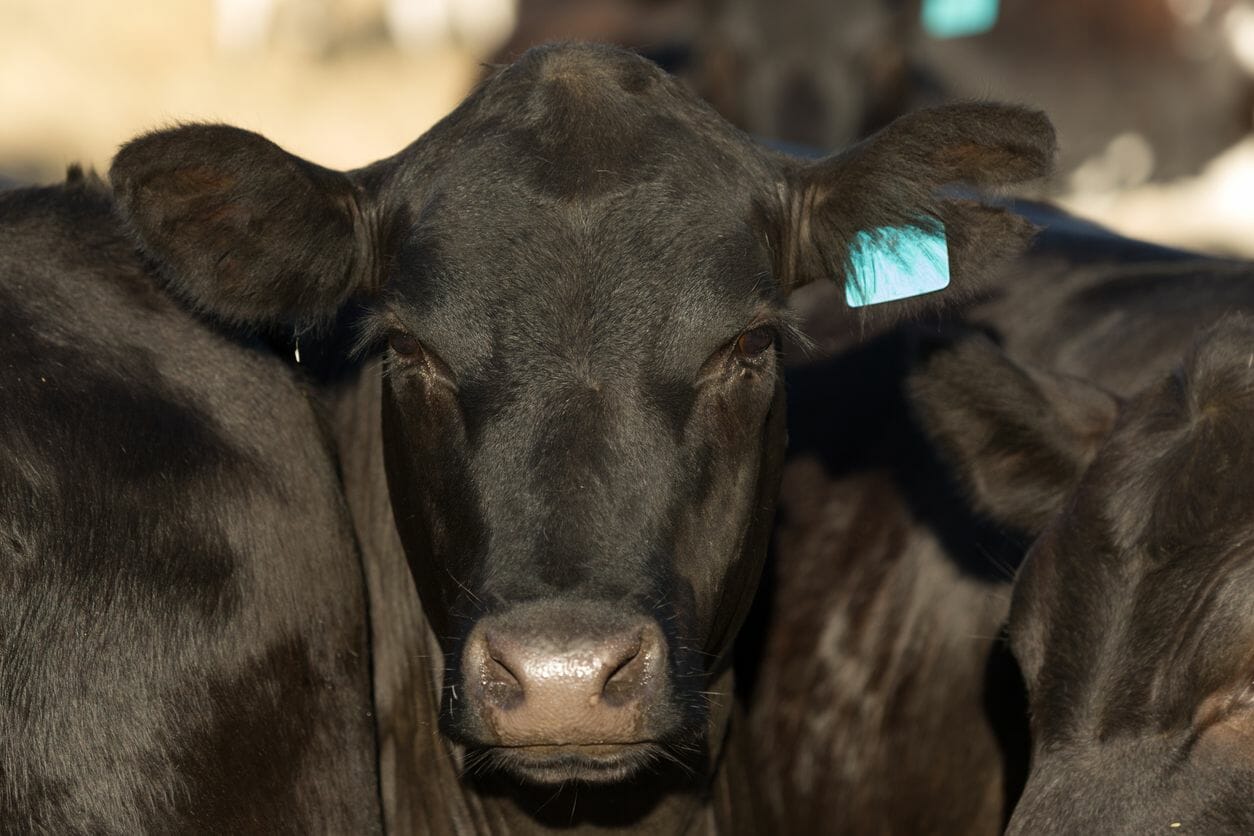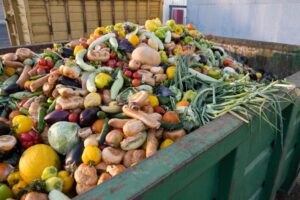Editor’s Note: Justin Webb is a farmer, and the co-founder and executive chairman of AgriWebb, an Australian digital livestock technology. Here he writes about China’s recent ban on Australian meat exports.
According to the headlines, a new challenge has risen for our agriculture industry, with China suspending Australian beef exports as trade barriers escalate. However, these bans need to be placed into context.
We’ve faced far larger challenges than this before. Throughout economic downturns, decades of drought, devastating fires, and the unprecedented Covid-19 crisis, farming has had to continually adapt. Due to this adaptation farming remains a vital industry, both for the economic benefits it brings, and the very fact that it feeds our population.
In the case of China’s latest moves, it’s important to take a step back, consider the core issue and also look at the solutions available to us.
In reality, China has only named four abattoirs (three in Queensland and one in New South Wales) in the ban. This equals less than 35% of the livestock exported to China.
The outlook for global beef consumption is positive, largely underpinned by growth in population and household wealth growth. Currently, our total livestock export market is valued at $1.66 billion a year, with roughly 30% continual year-on-year growth. Although we only produce 4% of global beef, our produce accounts for around 16% of world trade, and we have consistently been one of the top three largest exporters for several decades.
In other words, Australia is the second-largest exporter of beef and the largest of lamb, worth over $13 billion and although China is an important trade partner and one we want to keep on our side, it’s not our only partner.
Also, this move is not unprecedented. In 2017, China banned imports from six Australian meatworks, including the four processors caught up in the latest ban, along with Australian Country Choice and Thomas Foods. These latest bans should be seen as another bump in the road, not a roadblock. It’s also an opportunity for us to address the core issue: traceability.
There are competing stories regarding the exact reasons why these bans are in place, but China claims the bans are in response to poor meat labelling and certification. These issues can largely be solved by ensuring traceability. And with technology that’s readily available, this is something we can provide sooner rather than later.
By establishing a true digital record of on-farm production data rather than just passive monitoring, we can show the full journey that livestock and meat has been through before reaching its end destination, assuaging any biosecurity concerns. This will ensure that we can prove the high quality of the product we sell, therefore enabling us to continue being able to charge a premium. Digitising primary production records won’t just enable robust traceability to help Australian farmers continue export globally, it will also help reassure consumers at home that their meat is safe.
These moves by China should serve as a wake-up call to our farmers and our government. Australia needs to do all it can to continue to showcase our commitment to high-quality products and secure supply chains, especially in times of crisis like today.
We can achieve this by investing in and using the latest technology to empower our farmers and provide them with the necessary tools, to maintain our global reputation as a producer of top quality meat.
Taking these steps will not only enable us to repair relationships with existing partners but also forge new ones and grow the economic benefits that our livestock industry brings to this country.
















Sponsored
International Fresh Produce Association launches year 3 of its produce accelerator